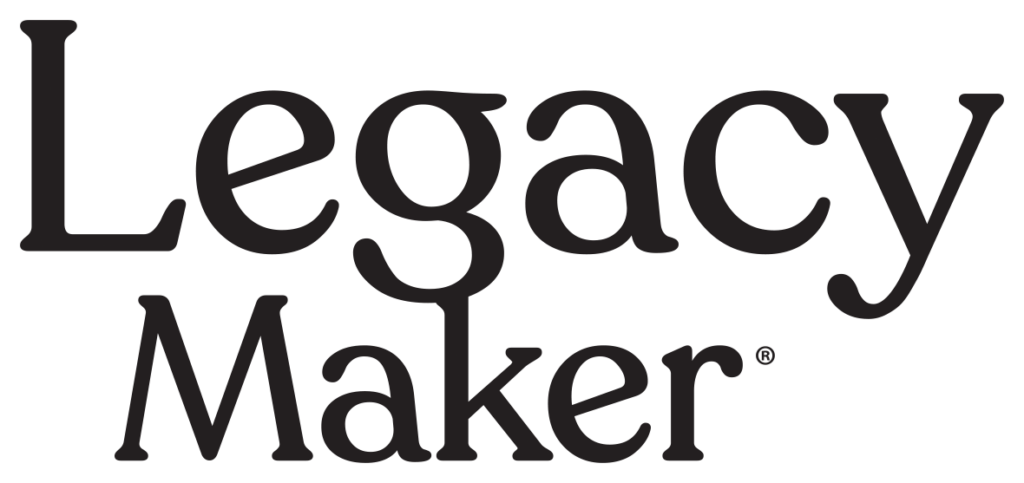
Located 75 miles north of Indianapolis, our cattle and hogs are humanely raised in Reynolds, Indiana.
Legacy Maker meat is responsibly raised, processed and distributed in Indiana. All of our processes are also maintained with an active and unrivaled respect for our environment. Located on a 100% sustainable Indiana farm, all the byproduct from the Legacy Maker operation is turned into renewable electricity that powers 5,000 local homes, a renewable natural gas (RNG) that’s merged with the public utility’s gas pipelines and a high-quality, nutrient-dense agricultural fertilizer that’s applied to crop fields.
Beef is graded by the U.S. Department of Agriculture (USDA) into eight main categories and several sub-categories based on the quality of the meat per its intramuscular fat. The categories include Prime, Choice, Select and No Roll. Legacy Maker produces only Prime or the upper one-third of Choice Beef.
The national average for Prime beef ranges between 3% and 5% of all beef produced. Among all the beef that’s USDA graded, only about 11% grades Prime. Legacy Maker averages 50% Prime.
One of the two essential factors is our proprietary feed program, which is a truly unique result of the material resources that are integral to our sustainable farm operation and its renewable energy production. The other factor is our commitment to slow-raising our cattle according to nature’s schedule in a low-stress environment with absolutely NO use of hormones or other growth promoters. This relaxed pace allows the animal to gain weight, muscle and fat in the manner and at the rate that nature intended.
Prime beef has the optimum degree of marbling (intramuscular fat) that enhances the flavor and buttery tenderness of the meat when cooked.
Dry aging is a process of holding meat in a humidity- and temperature-controlled environment with consistent airflow for a set period of time. Legacy Maker beef is dry-aged for a minimum of 7 days and up to 14 days.
Dry aging is done to reduce the meat’s moisture content, which effectively tenderizes it while also intensifying the natural beef flavor. This is the traditionally ideal, time-tested way of aging beef because it results in a better taste and aroma than wet-aged beef.
Beef is either shipped directly to the grocery store/butcher shop or it is wet-aged in
vacuum-sealed bags. Wet-aging simply refers to a product that is vacuum packed and ‘wet’ from sitting in its own liquids. Wet-aging is a faster and cheaper process because only a vacuum-sealable bag is needed. In addition, it’s a more popular method because none of the product is lost to shrinkage. However, from a quality and taste-experience standpoint, wet aging cannot measure up to the results of dry aging.
Dry aging is a multi-step process that requires extra labor and careful control of temperature and humidity conditions. It also causes a measurable amount of “shrinkage” that is essentially weight lost during the dry-aging process. For example, if a cut starts with 10 pounds and ends up with eight pounds, the two pounds of weight loss is the shrinkage, and that adds a cost to dry-aged beef due to its reduced yield.

